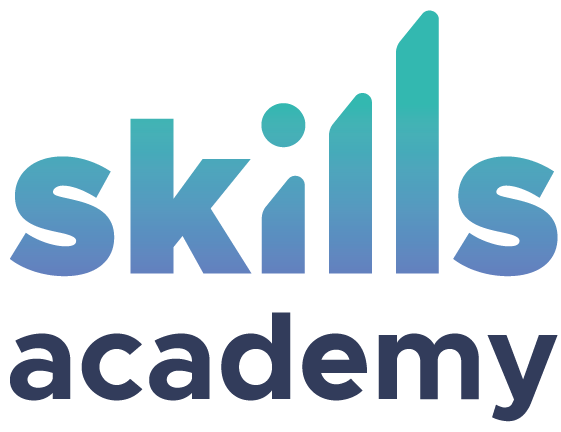Warning This exam is retired. Please refer to the Microsoft Certified: Azure Solutions Architect Expert page to learn how to earn the certification. Candidates for this exam should have subject matter expertise in designing and implementing solutions that run on Microsoft Azure, including aspects like compute, network, storage, and security. Candidates should have intermediate-level skills for administering Azure. Candidates should understand Azure development and DevOps processes. Responsibilities for an Azure solution architect include advising stakeholders and translating business requirements into secure, scalable, and reliable cloud solutions. An Azure solution architect partners with cloud administrators, cloud DBAs, and clients to implement solutions. A candidate for this exam should have advanced experience and knowledge of IT operations, including networking, virtualization, identity, security, business continuity, disaster recovery, data platform, budgeting, and governance–this role should manage how decisions in each area affect an overall solution. In addition, this role should have expert-level skills in Azure administration and have experience with Azure development and DevOps processes.
Login
Accessing this course requires a login. Please enter your credentials below!
